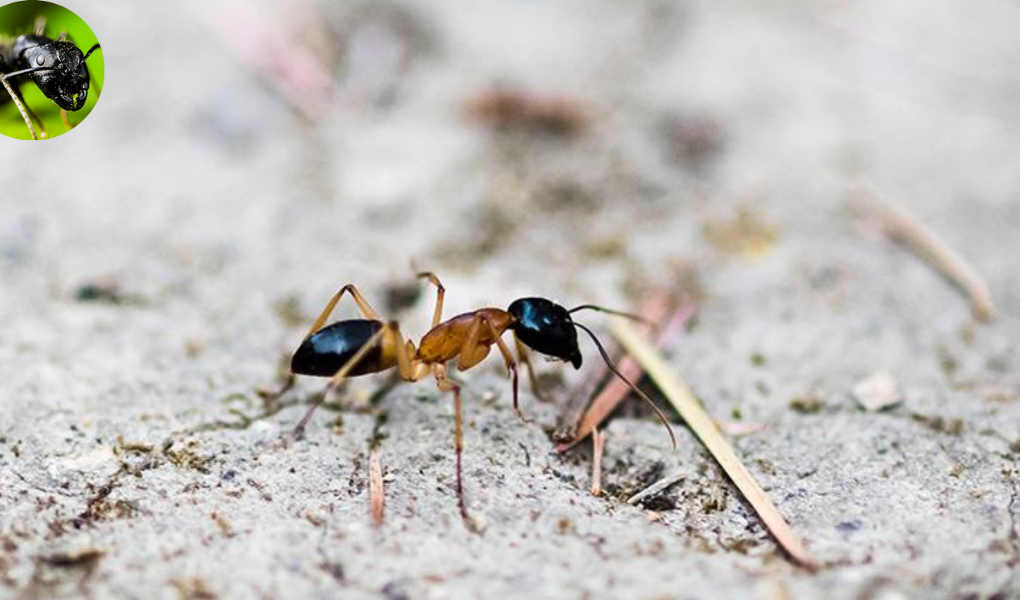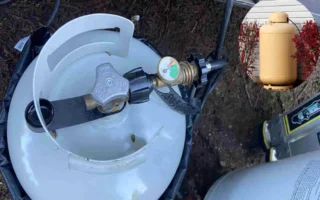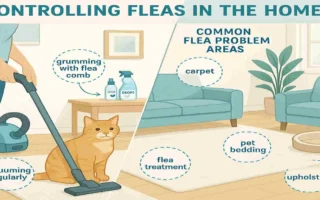When it comes to maintaining a safe and comfortable home environment, identifying dangerous house ants is crucial. While many ants are simply a nuisance, particular species can pose significant risks to your health and property. Some ants, like fire ants, deliver painful stings that can cause allergic reactions, while others, such as carpenter ants, can damage the structural integrity of your home by hollowing out wood to create nests. Additionally, invasive ants, such as Argentine ants, contaminate food and disrupt local ecosystems. Recognizing the size, colour, behaviour, and nesting habits of these ants can help you determine whether you’re dealing with a harmful infestation and take appropriate action to protect your home and family.
Common Types of House Ants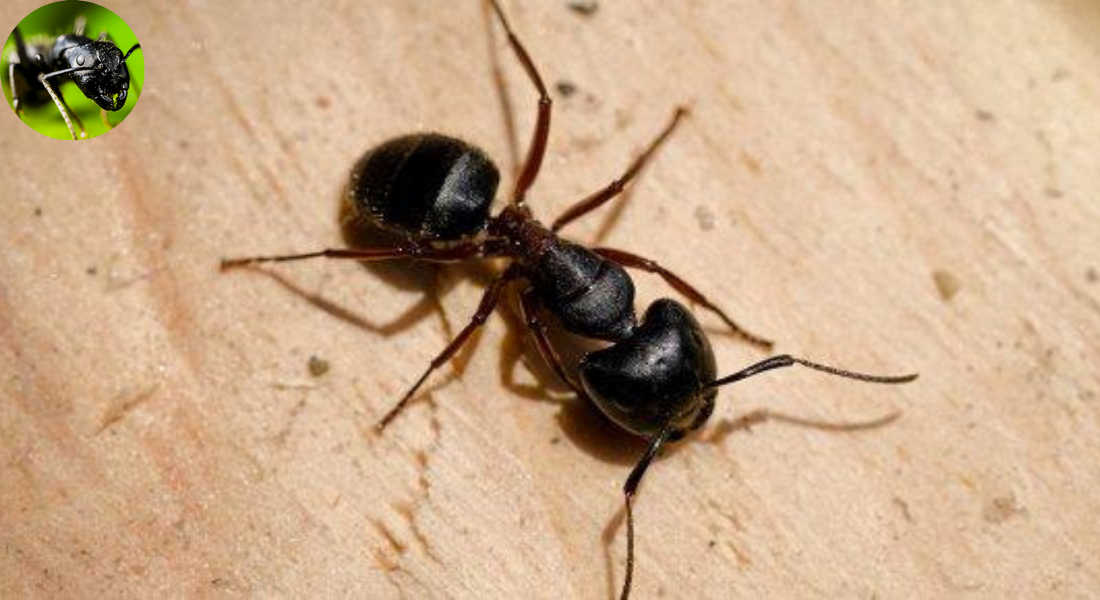
House ants belong to various species, each with distinct characteristics. The most common types include the black carpenter ant, known for its large size and destructive habits to wood. They are often found in damp or decaying wood.
Then there’s the odorous house ant. This small, brownish insect emits a distinctive smell when crushed, which some liken to that of a rotten coconut. These ants are notorious for invading kitchens and pantries.
Typically dark brown or black, they nest under sidewalks and driveways. You might notice them during warm weather as they scavenge for food.
We have sugar ants that are attracted to sweet foods like honey and syrup. Their attraction to sugary substances can lead them straight into your home if left unchecked.
Signs of Dangerous House Ants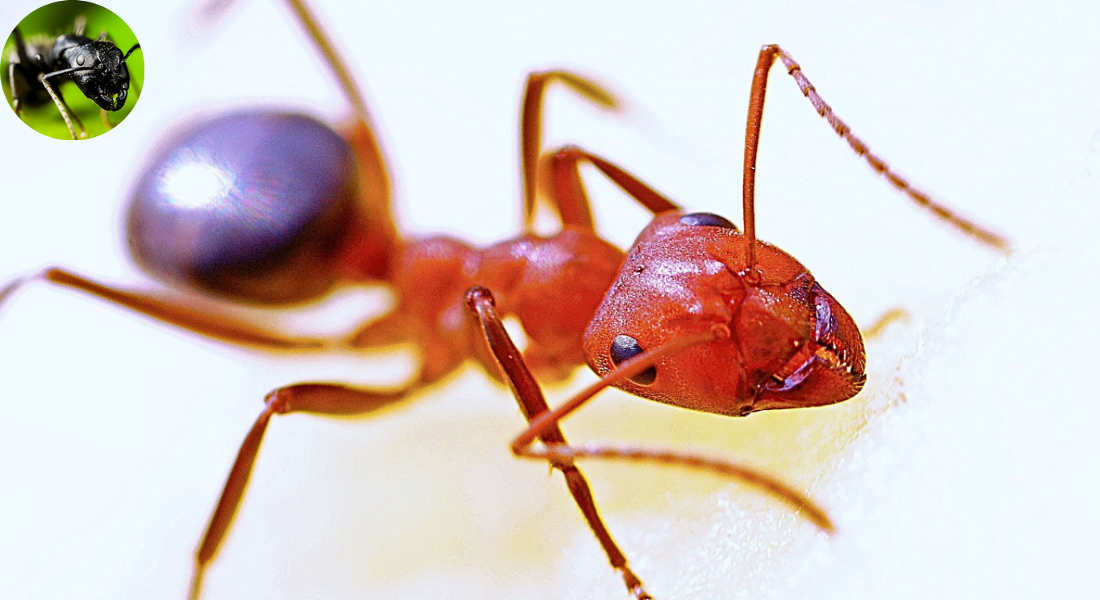
Identifying dangerous house ants can be tricky. They often blend in with other common species, but sure signs can raise red flags.
First, look for large colonies. If you find massive gatherings of ants inside or outside your home, it could indicate a severe infestation.
Next, could you pay attention to their behaviour? Dangerous species tend to invade more aggressively and may exhibit erratic movement when disturbed.
These nests often appear as small mounds or even hidden within walls or under appliances.
Watch for unusual trails leading into your kitchen or pantry. This signals not just an invasion but also potentially harmful species seeking sustenance that can impact your health and well-being.
Recognizing these indicators early on is key to preventing further issues down the line.
You may also read (7 common ways fleas get inside your house).
Health Risks Associated with Dangerous Ants
Particular species of house ants can pose notable health risks. They are not just pesky invaders; they can carry harmful bacteria. When these ants scavenge for food, they may pick up pathogens from unsanitary surfaces.
Once inside your home, they can contaminate your kitchen and pantry items. This contamination could lead to foodborne illnesses, which affect both humans and pets alike.
Some people might experience allergic reactions to ant bites or stings. Symptoms vary widely but often include redness, swelling, or itching at the site.
In rare cases, severe allergic responses could require medical attention. Knowing how to manage these potential risks is essential for maintaining a safe living environment free from harmful pests, such as the dangerous house ants.
Prevention Tips for Keeping Dangerous Ants Away
Keeping your home ant-free starts with cleanliness. Regularly sweep and vacuum to eliminate crumbs. Wipe down surfaces to remove sticky residues that attract ants.
Seal all food in airtight containers. This simple step can deter many pests from entering your kitchen. Don’t forget about pet food; keep it stored out of the way when not in use.
Inspect for cracks and gaps around doors and windows. Use caulk or weather stripping to seal these entry points effectively.
Consider using natural repellents, such as vinegar or essential oils like peppermint, which ants dislike. Spraying these areas may reduce their presence.
Check your yard for anthills near the foundation of your home. If you find any, treat them promptly to prevent an invasion indoors. Taking these preventive measures will significantly lower the chances of encountering dangerous house ants in your living space.
You may also read (how to safely remove house centipedes from your home).
What to Do if You Encounter Dangerous House Ants
If you find yourself facing a swarm of dangerous house ants, it’s essential to act promptly and wisely. First, try to identify the specific type of ant. This can help determine the best course of action for eradication.
Seal off entry points in your home where these pests may be entering. Use caulk or weatherstripping on doors and windows to seal their paths.
Next, consider using bait traps explicitly designed for ants. These attract the pesky critters and gradually eliminate them. Avoid using sprays that only kill visible ants; they might not address the entire colony.
If an infestation is severe, professional pest control services can be a lifesaver. They have access to specialized products and methods that are more effective than over-the-counter solutions.
Maintain a clean living space by regularly sweeping floors and wiping down surfaces. Food crumbs can quickly draw ants into your home.
Always remember to monitor areas prone to infestations after treating them so you remain vigilant against future incursions.
You may also read (understanding house flies do they really bite).

